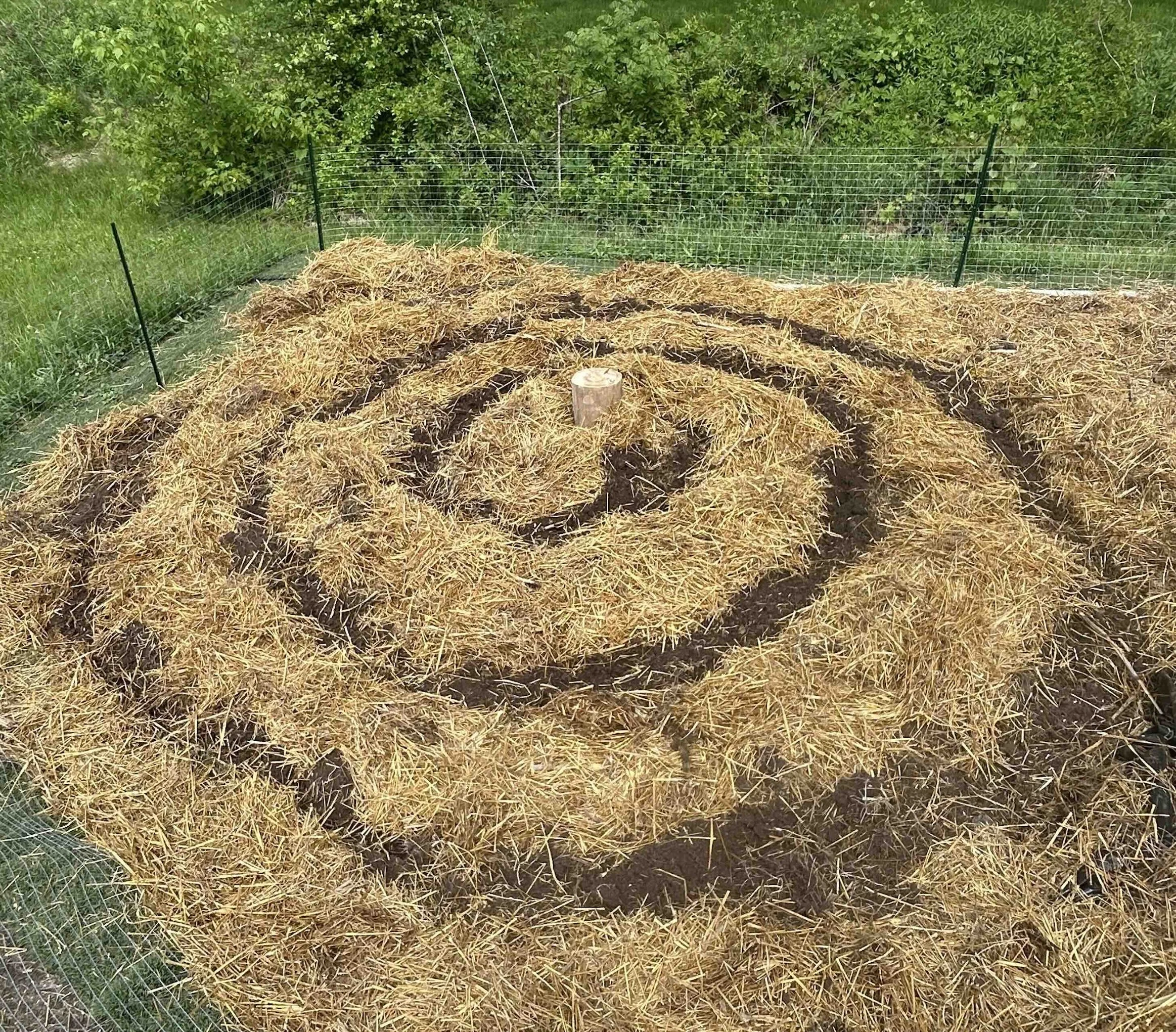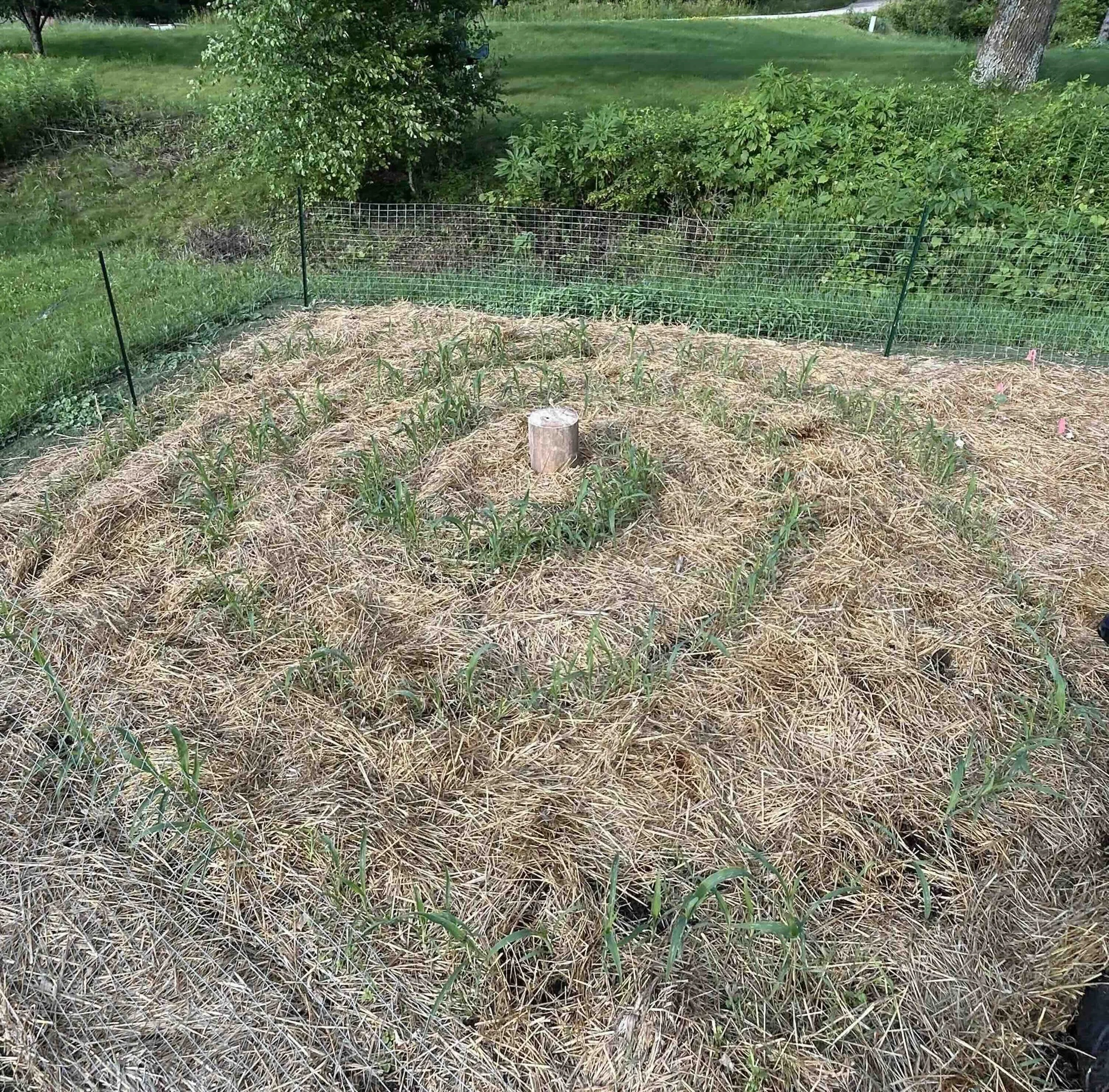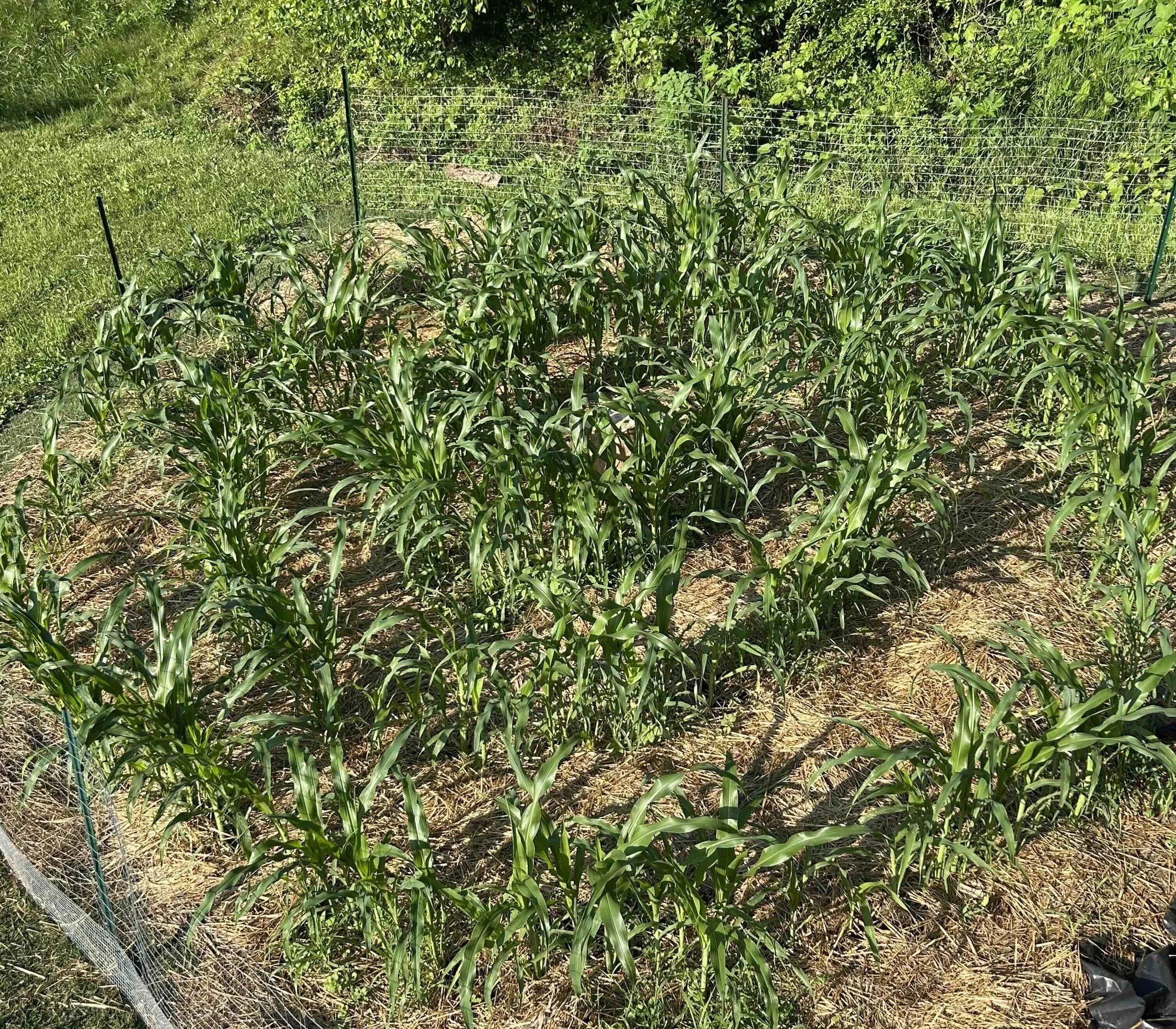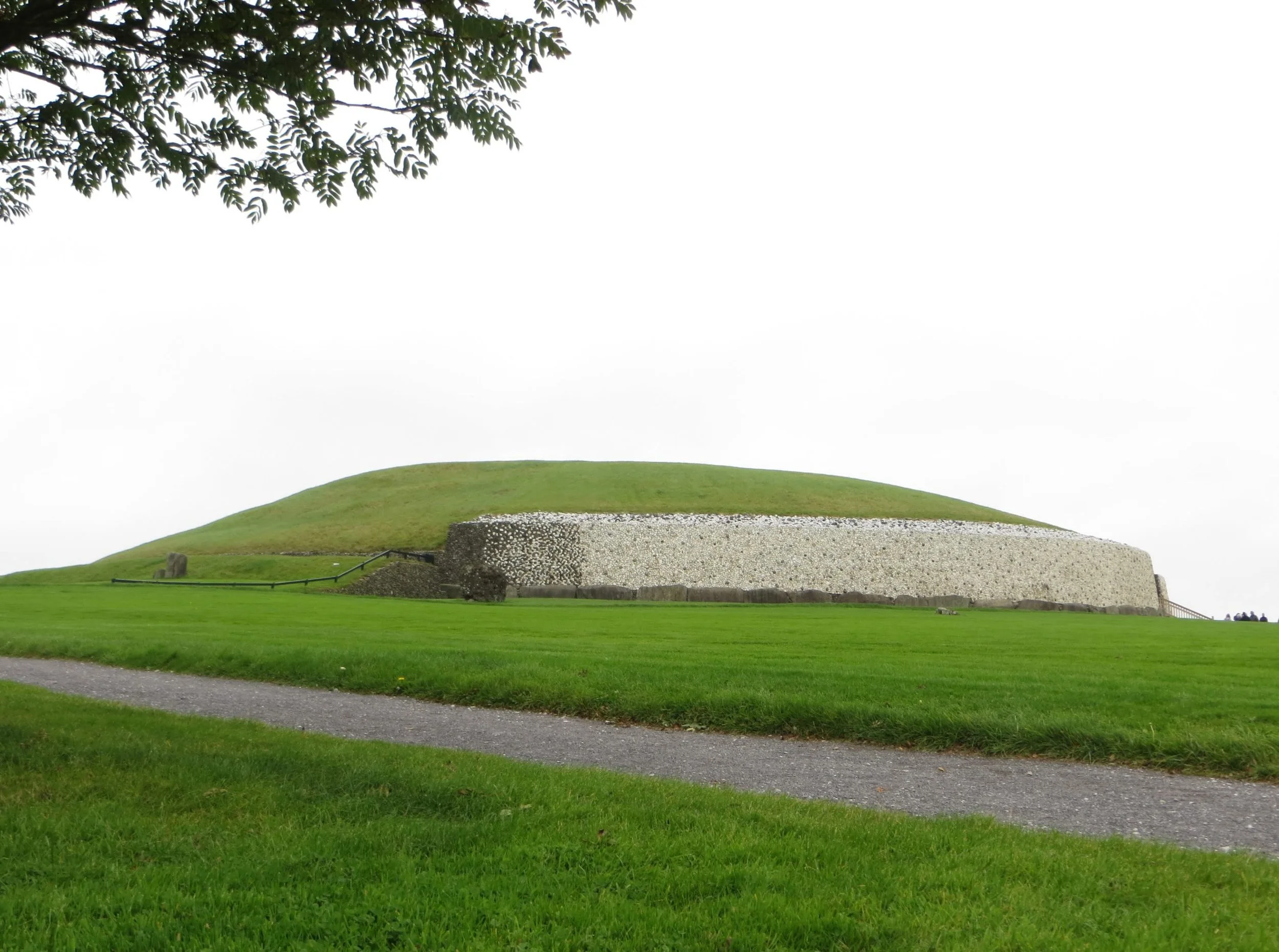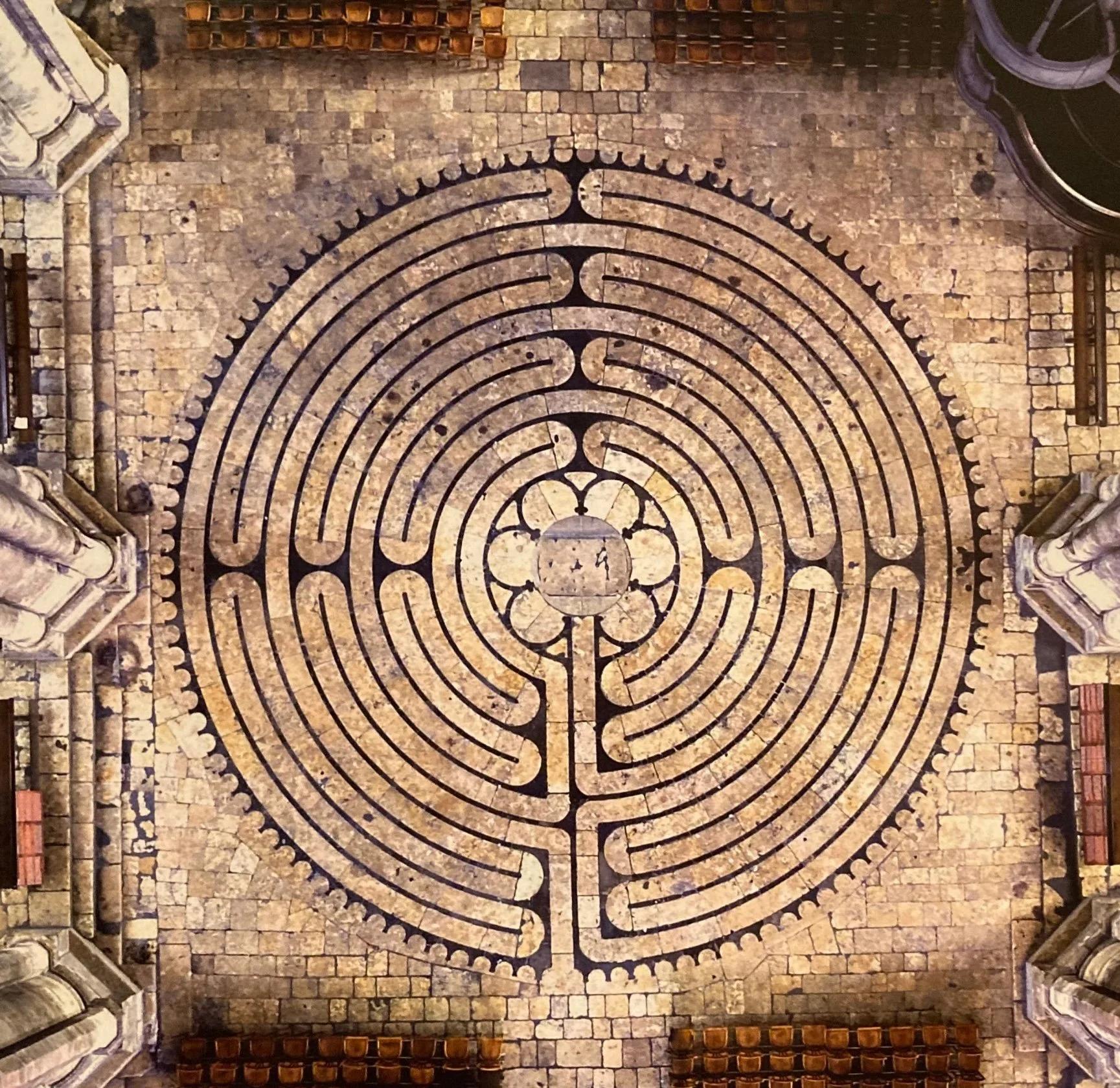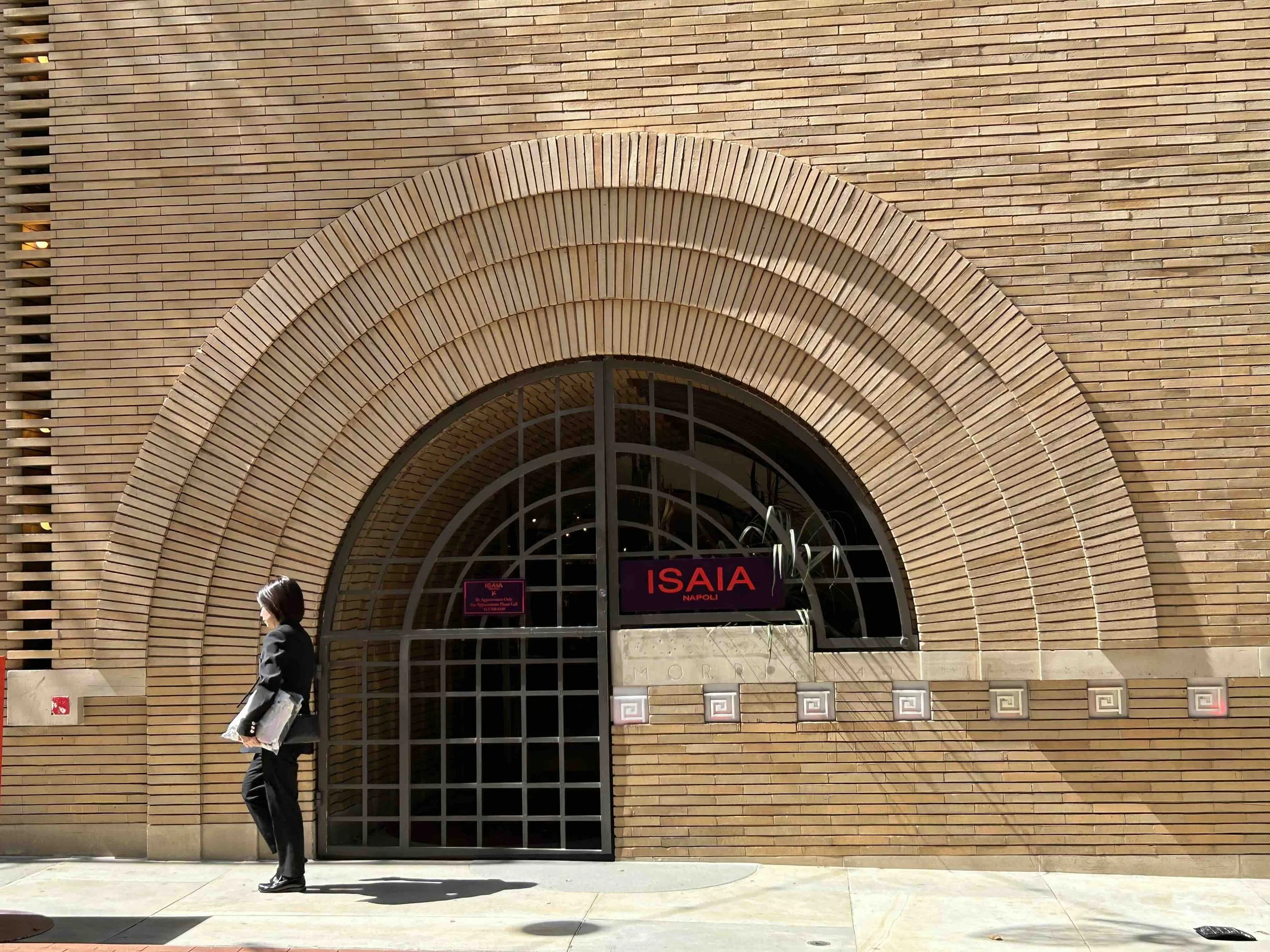128 ~ Going in to find the way out
My brother Tom, who is a marvelous painter, once said to me while visiting the farmhouse, "Bird, your vegetable gardens are your art, they are your canvas”. I appreciated his take, because it was something I'd felt, or at least hoped - that all the labor and hours and sweat could be about more than just growing food.
If vegetable gardens are works of art, they are temporary ones; mandalas drawn in dirt instead of sand. The earth and I co-create the garden each spring and into summer, and then the hand of frost erases it in autumn, gone forever. Granted, each spring a gardener can plant the same things in the same place (although not generally recommended, at least for disease vectors like tomatoes). But the result on the canvas will be different, every time. Some years the pepper plants burst forth in fountains of green, and the tomatoes or eggplants struggle with anemia. And the next time - new year, different weather - it might be the opposite. As the saying goes, I've never stepped into the same stream twice - nor, from season to season, into the same garden.
This year I notched the art up a bit, and instead of planting the corn in rows, I made a corn spiral, and in the center placed a simple log seat (photo above, after planting in June). It's not a corn maze (a ma(i)ze as it were), where the purpose is simply to have fun for a while getting lost. It's a labyrinth, which for centuries have been used to support the practice of meditation and reflection. The object of a labyrinth isn’t to get lost, but to aid us in finding something. Start at the edge, out in the world, and as you walk in toward the middle, journey also into yourself. Once at the quiet, secluded center, reverse course, and take back to the world any insights or serenity found along the journey in.
The corn spiral as it emerged the past few weeks:
Spirals in general and their expressions as labyrinths have had spiritual significance for humans for a very long time. For example, after a conservation conference in Belfast several years ago I took the opportunity to head south and visit one of the most significant prehistoric sites in Europe, a massive earthen tomb more than 4,000 years old in the Republic of Ireland, Newgrange.
The small size of visitors on the far right gives a sense of the massiveness of the Newgrange tomb..
Note the motifs carved with great effort into a stone at the entrance of the tomb:
photo by Michael Hinch
More recently, in a quiet old village in the mountains of northern Portugal, I came upon this gate:
And there is the magnificent labyrinth floor of the Chartres Cathedral, from about the year 1200:
photo by Eline Kieft
This year, for the first time in the fifteen years I've been growing my sometimes temperamental corn from Guatemala, I planted the corn in a shape more like the Earth and the Sun from which it will grow, and in a pattern that invites movement, essential to life. And this time my corn had its best germination ever... I love the margin, the blurred boundary, between coincidence and causation, between random chance and a dispatch from the Holy. I am content to leave the border unresolved and unknown, for it is in that space where life is richest.
An invitation, then: if you pass by the farmhouse this summer, feel free to stop and take a walk in the corn labyrinth. Spiral in and take a seat at the center for a few moments, and observe and listen for what it might offer. And then bring back out, for yourself and for the world, anything you discover.
~~~
Postscript: I finished most of this post yesterday while flying to San Francisco for a few days. My first stop here was a pilgrimage to an iconic Frank Lloyd Wright building (aren’t they all?) downtown. Designed in 1948 as a gift shop, today it’s a high-end men’s Italian clothing store:
Note the adornments that guide you to the entrance. Let’s agree to call this one synchronicity:
Comment, ‘like’, and/or share, with gratitude.
